
Using natural baits for carp fishing
Why natural baits are so good and how to get the best from using them
When we talk about natural baits in the context of carp fishing, we are generally referring to maggots, worms, casters, and similar baits which are alive and can be applied in a mass baiting approach.
You could of course argue that none of these baits are really natural, and certainly not in the sort of quantities that they are used in when carp anglers bait up with them, as in the wild a carp isn’t ever going to suddenly find a couple of gallons of maggots, or kilos of chopped worms, altogether in one spot, and will rarely find any of these food items at all in the water! The only real exceptions to that being bloodworm, snails and freshwater mussels, all of which aren’t really practical to use from a carp fishing perspective, certainly in the form of a live bait anyway.
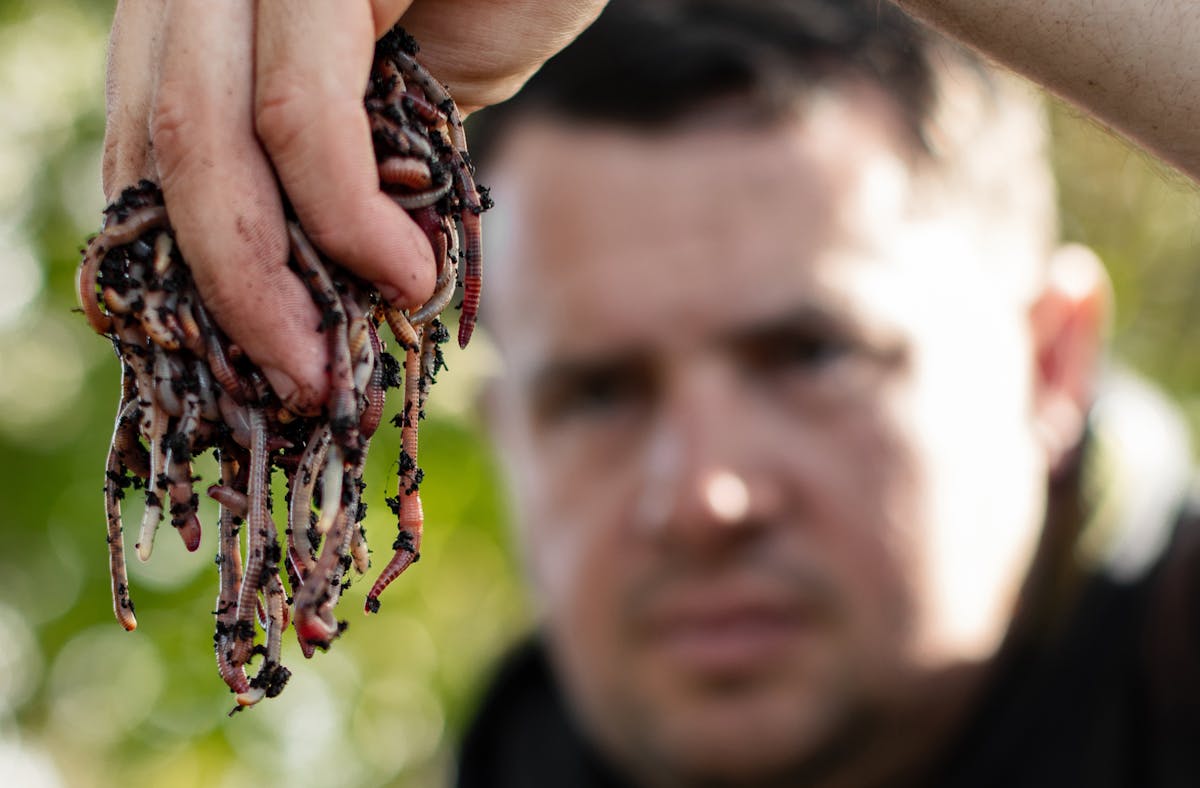
Whilst they may not find these baits naturally in their environment, they certainly recognise them as a food source, and often more so than conventional baits such as boilies and pellets, to the extent that at times it can be far more difficult to catch the fish on anything other than these types of baits.
So it definitely makes sense to consider them as an option for your fishing, and to know how to use them if the situation arises where they are likely to out-fish whatever type of bait you normally use.

Which natural baits do carp anglers use?
There are a lot of baits that could in theory be classed as ‘natural’ but in reality there are only a few which are really practical to use for carp fishing.
Certainly when we consider baits that are not only readily available in the sort of quantities that you would want but are also affordable, although none of them are exactly cheap, and certainly not when compared to particle baits such as seeds, grains and nuts.
The main baits which anyone can easily get hold of are maggots, casters and worms, with most tackle shops selling them, as well as online stores that will deliver them to you. There are also other live baits such as squats and pinkies, which are smaller than maggots.
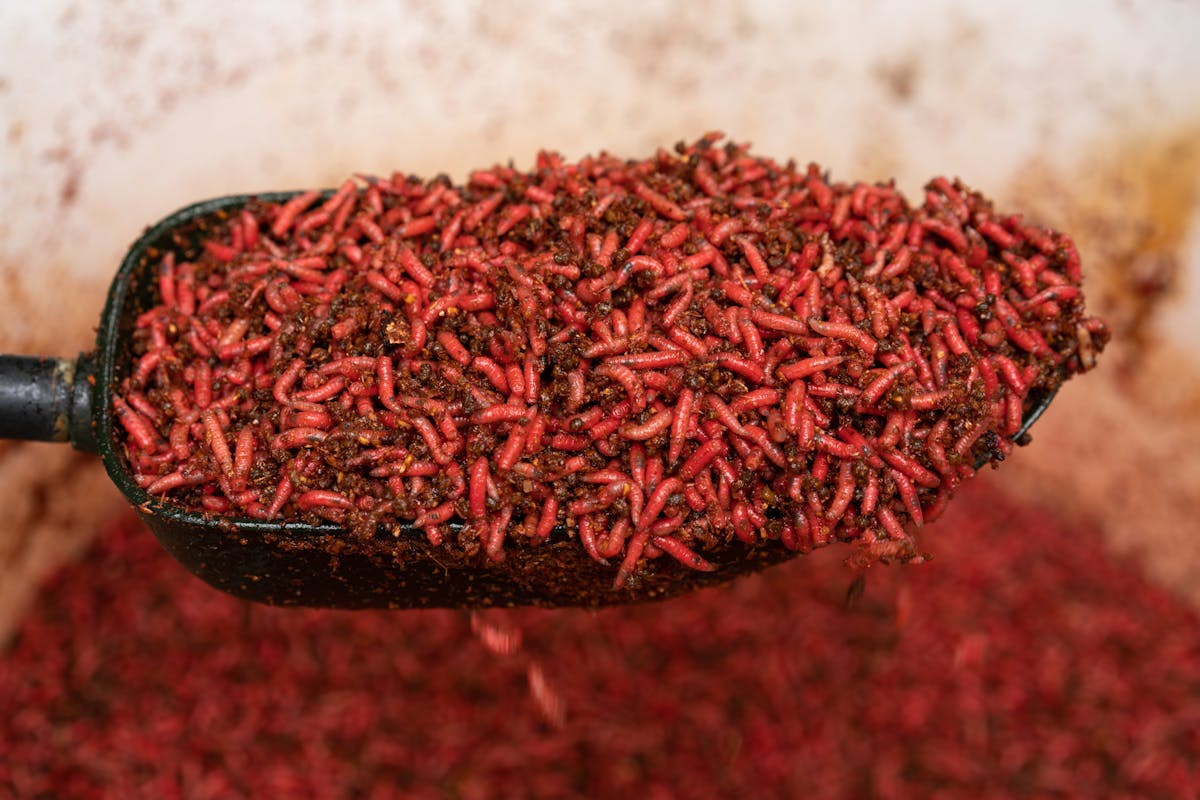
When it comes to worms you also have a choice of different types, with by far the most commonly used being dendrobaenas, which although not exactly cheap, are still far more affordable than lobworms. Red worms can also be a good option and are viewed as superior to dendrobaenas, but are often hard to find in larger quantities, unless of course you have your own compost heap where they tend to thrive. Worms are effective for carp fishing, especially in winter when other baits may not work as well, although they can be very good at any time of year, depending on nuisance fish that are present.
Not all natural baits have to be alive, and whilst some such as worms will actually repel fish if they are dead, maggots can actually be incredibly effective and won’t crawl off of your spot or bury themselves into the lakebed, like the live ones do. Dead maggots also tend to be cheaper than live ones, and so can be more cost effective if you’re using larger quantities of them. Red maggots in particular are popular with carp anglers, but white maggots can also be very effective.
As well as loose feeding these types of baits, sometimes in large amounts, carp anglers also use them as hookbaits, but often not on their own, or in larger bunches. A pop-up, wafter, or plastic hookbait tipped with a few maggots can be very effective, as the maggots add movement to catch the attention of the carp.
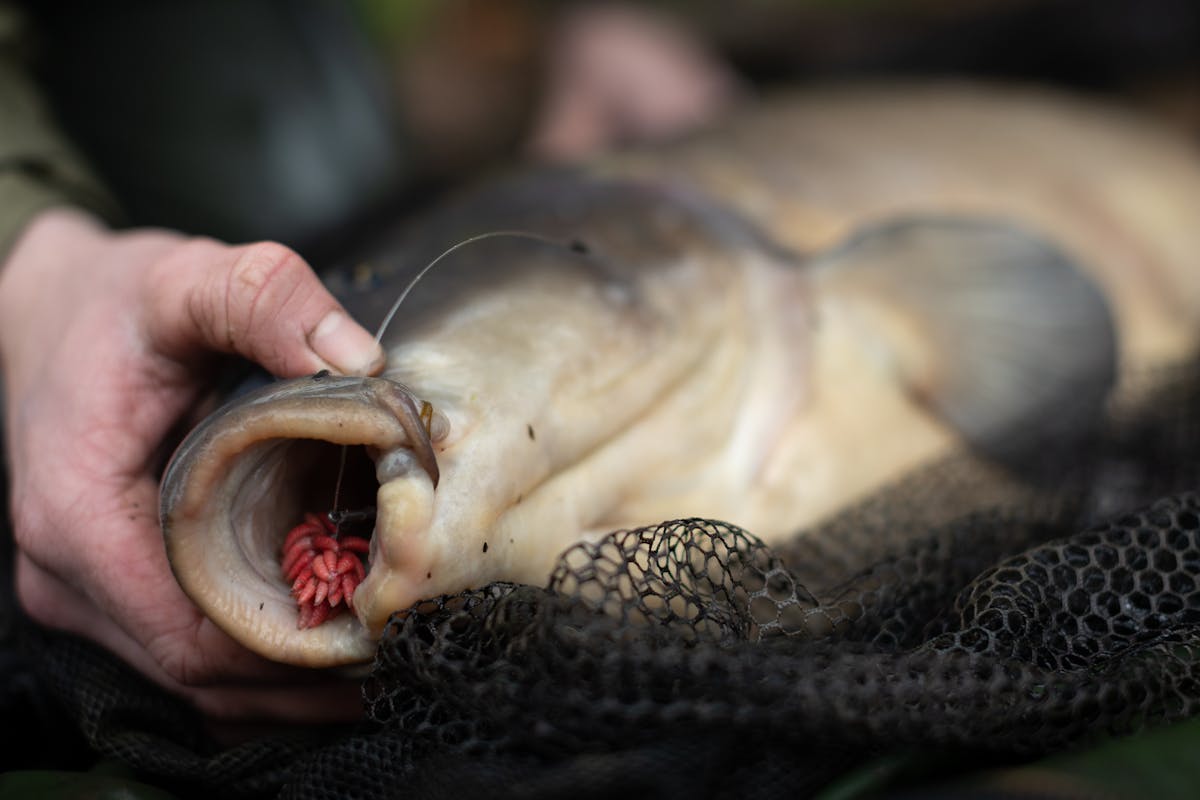
The same goes for worms when you add one, or a couple of sections of chopped worm, to the top of a piece of foam when zig fishing, and again it is that movement which can really make it stand out as a food item.
Disadvantages to using natural baits
Whilst natural baits can be incredibly effective for carp, they are also highly attractive to most other species of fish as well, for the same reasons that the carp like them.
This means that in some situations it is almost impossible to fish effectively with natural baits or that you would need such large quantities of them that the cost becomes prohibitive – such as if the lake you are fishing is full of roach and rudd, or other nuisance fish eating all your expensive bait.
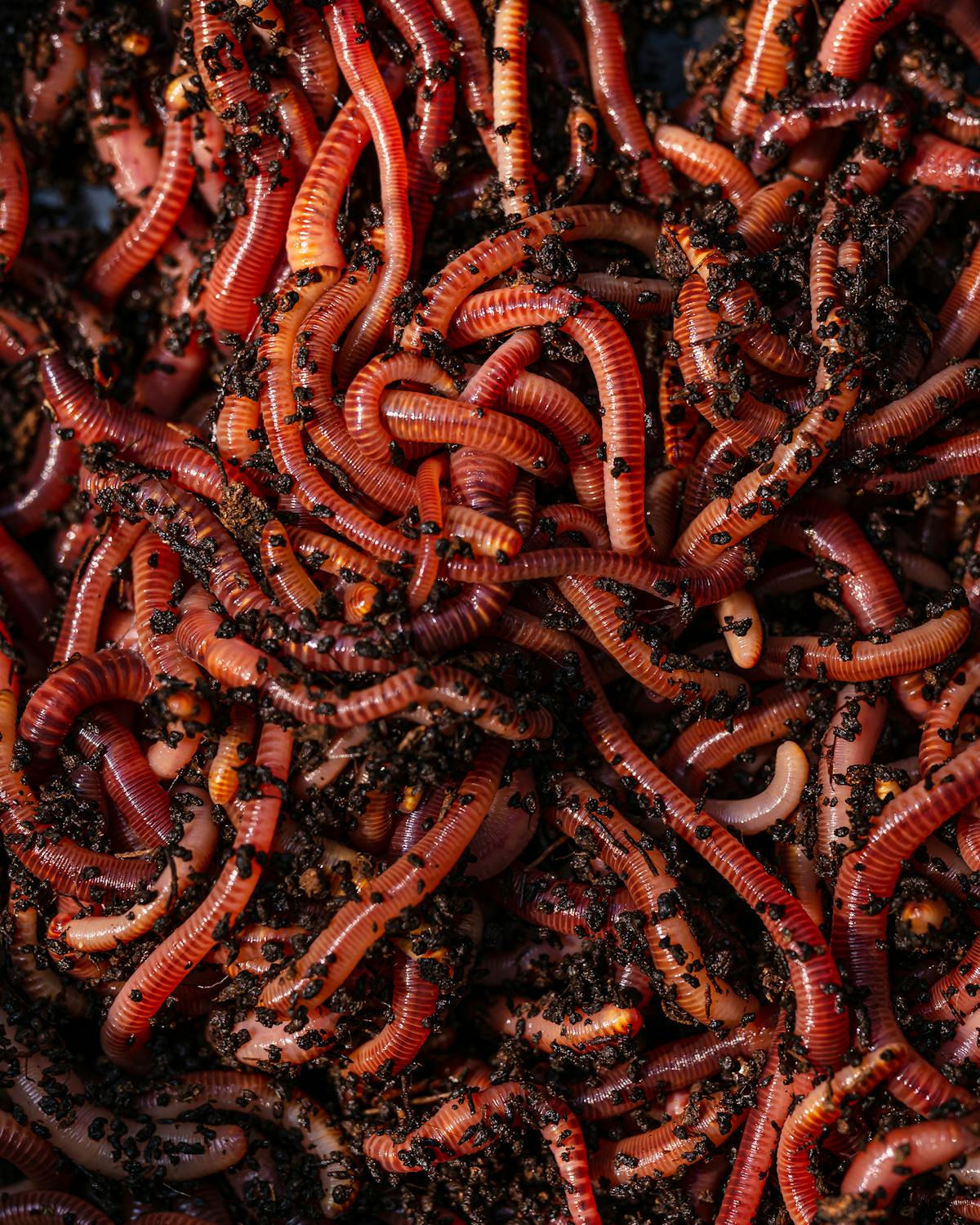
Whilst there are always going to be ‘nuisance species’ eating any maggots, caster or worms that you put it, the viability of this approach depends on how numerous they are – if they attract a few tench or bream to feed on your spot then this can actually be a good thing and get the attention of carp and alert them to the fact that there is food there; if a swarm of roach descend on your bait as soon as you put it out, and devour it within minutes, then obviously you need to be fishing with different baits.
The presence of nuisance species can also determine which type of natural bait you opt for. For instance live maggots are generally more likely to attract more small fish than casters do, or even dead maggots which species such as roach seem less keen on than the live ones.
Whilst chopped worm can be a brilliant bait for carp and highly attractive to them, it can also have the downside of being very attractive to other fish species, eels in particular and if you’re fishing a water that is full of small ones it is a bait best avoided. Plus non-fish nuisance species such as crayfish also love chopped worm and find it highly attractive, so by introducing it alongside other baits as part of your spod mix, you can actually end up attracting crayfish onto your spot far more than you would have done without the worm in the mix.

So, you definitely need to consider these factors when deciding to use natural baits, and use them at a time when they are more of a benefit than a hindrance to catching.
This of course isn’t just water specific, but can very much depend on the time of year, and on some lakes where it is impossible to fish with naturals during the warmer months when small fish are much more active, they can still be very effective in the winter months in cold water conditions.
It isn’t just the angler that these baits have disadvantages for, but also potentially fishery owners, and even the carp themselves, and explains why so many venues ban them outright, or limit the quantity or time of year when you can use them.
On waters where all of the anglers are fishing with naturals, rather than high quality boilies, pellets and the like, it is often noticeable that growth rates slow down, or the fish even start going back in weight, as whilst these natural baits are nutritious and full of protein, and even fat in some cases, the fish don’t digest them as much as they do many other baits, and have to eat an awful lot to get the equivalent amount of nutrition. This is why the growth rates of truly wild carp, that live solely on natural food, tend to be much slower than those that are fed on a diet of pellets and boilies – it is why fish are reared on pellets rather than natural food (aside from the cost considerations)!

Another issue is that large amounts of things like maggots being thrown into the water can quickly cause water quality issues if all of the anglers are doing it, and especially when it becomes a competition to see who can throw in the most bait, with the expectation being that they’ll catch more by doing so!
Lakes tend to often already be fairly finely balanced in terms of their ecosystems and how things such as decaying plant life, and other species, impact upon the water quality. So, if you start introducing large amounts of maggots (or other live baits) a large percentage of which will go straight through the fish when eaten, rather than being digested, then when all of that bait starts to rot and breakdown it can have a serious impact on water quality – plus maggots have ammonia in them, so by introducing them in large quantities you are likely going to increase the ammonia levels in the lake.
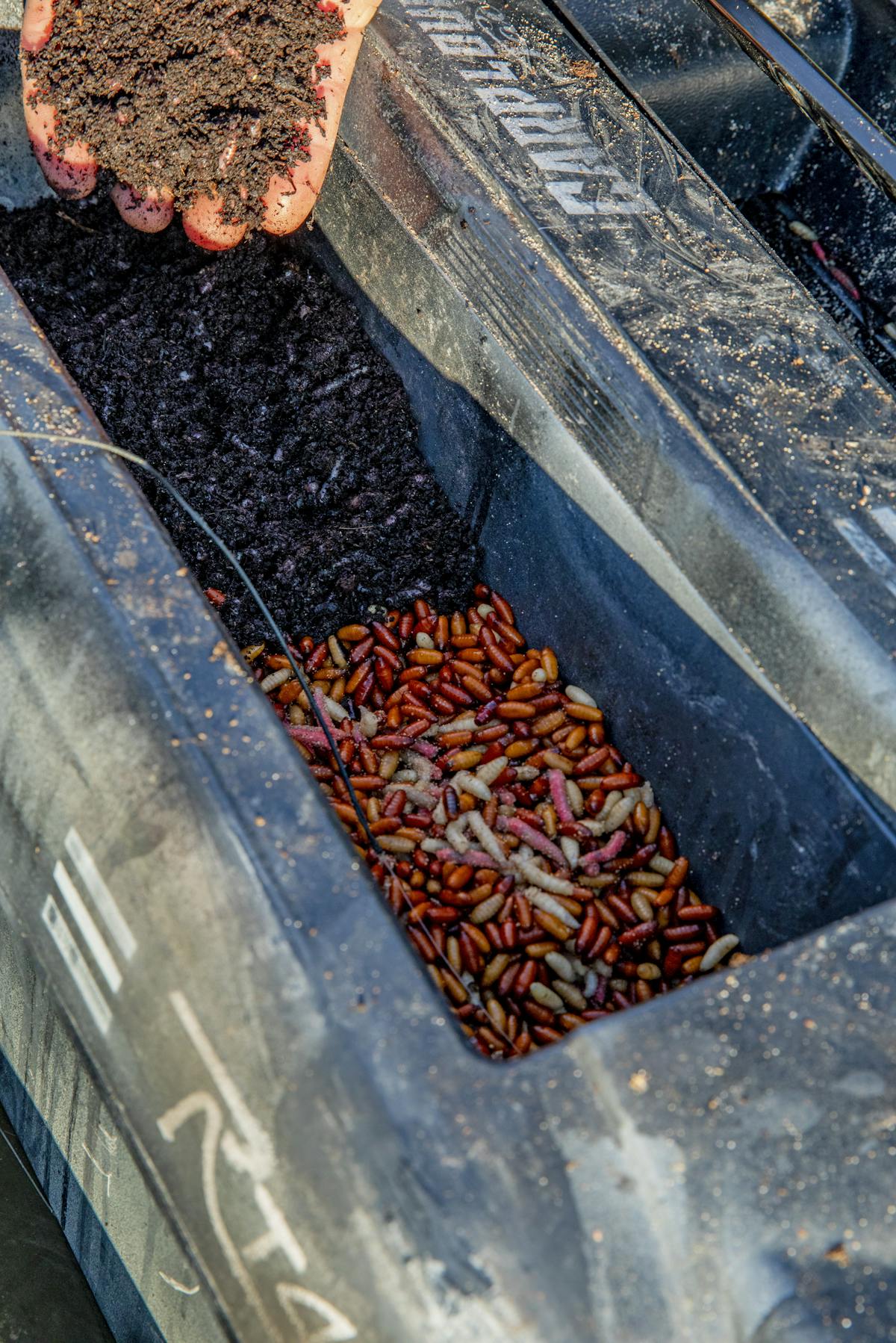
Just how much of a negative impact using these baits could have very much depends on the water, its stock, number of anglers fishing there, and all sorts of other factors, but it is understandable that fishery owners who have invested a lot of money into their venues will often err on the side of caution with bans or bait quantity limitations.
In the case where the quantity of natural baits is limited, that often isn’t a bad thing for the anglers anyway, otherwise it can quickly become a case of whoever is prepared to spend the most money on bait and put out the biggest bed of it, will often catch the most, so this levels the playing field, whilst still giving you the option of using these highly effective carp baits.
How to fish with natural baits - single hook baits, PVA bags, zigs, and more
Natural baits are incredibly versatile in terms of how they can be fished, including anything from stalking and flicking a single worm hookbait in front of a carp right through to fishing over a large bed of them.
When using them as loose feed, they can either be fished on their own, or part of some sort of spod mix or similar, where they are mixed with other food items, including particles such as hemp and maize, pellets, boilies and boilie crumb, or pretty much any type of bait. Often there will be other items in such a spod mix which give off more attraction in terms of flavour/smell and help the carp to find your baited spot, at which point the natural bait in your mix will help to encourage them to feed hard.

One very important point to note if you are intending to use chopped worm as part of your mix, only chop up what you are intending to actually put out, as the amino acids in chopped worm, which is what makes it so attractive, break down quickly once the worm is chopped up, and old worm in your mix could actually end up making it less attractive or even repellent to fish! Freshness of bait is crucial as carp can detect stale or spoiled bait.
Baits such as maggots (and casters as long as they are dry) are great for using in PVA bags, both solid ones like the Korda Solidz and mesh types (needs to be micro mesh with small holes) such as the Funnel Web System, either on their own or mixed with other bait, such as boilies crumb, small pellets, or groundbait. This leaves your hookbait sat amongst a small patch of natural bait and can be deadly when fishing for just a bite at a time, such as during the colder months.
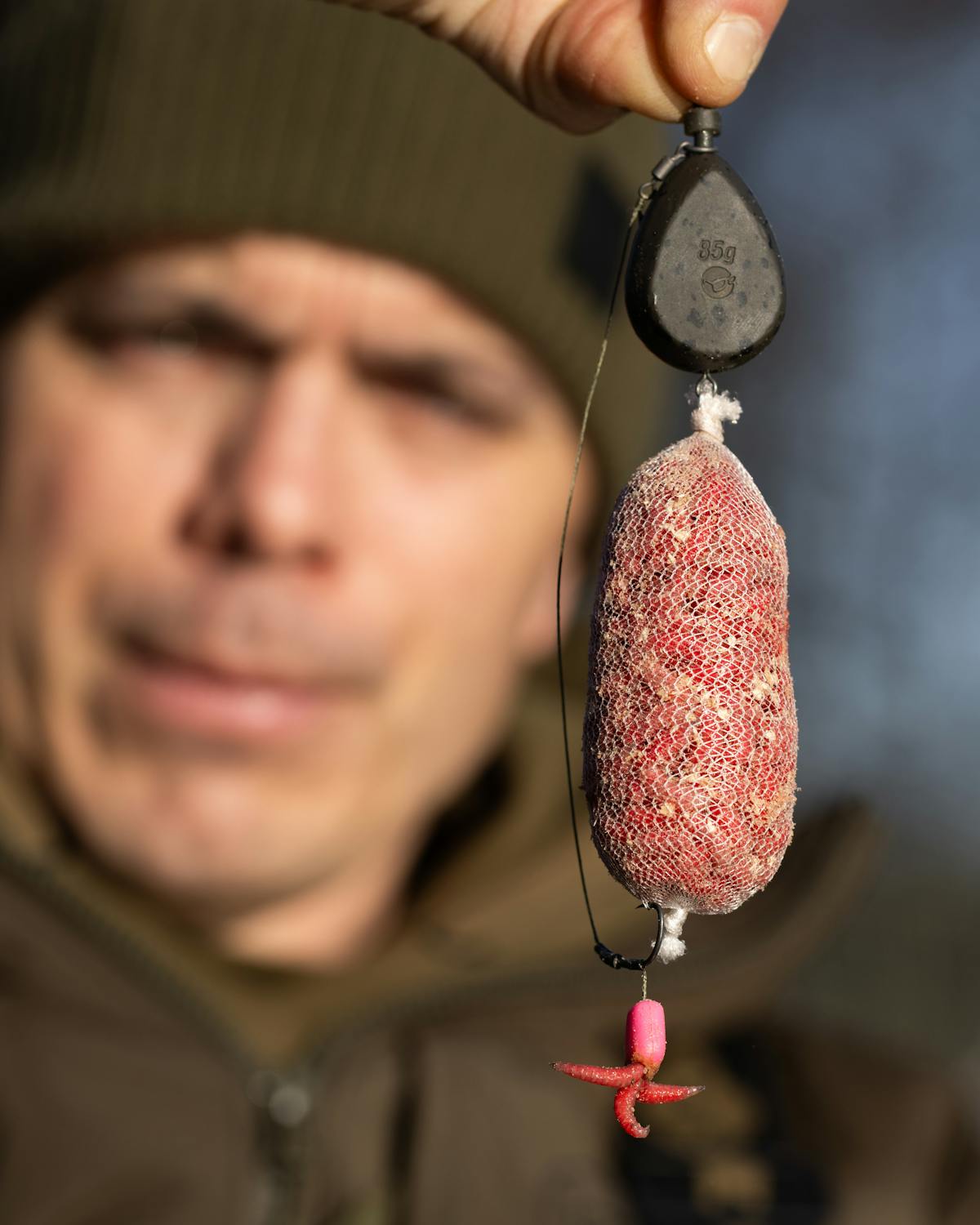
When it comes to using natural baits as hook baits there are all sorts of different options.
You can stick solely with a natural bait such as hair rigged sections of worm, or a big bunch of maggots threaded onto a piece of light line and tied into a wriggling, attractive ball.
Or you can opt to fish natural baits in conjunction with things such as artificial baits like rubber casters, pop-ups or wafers, in order to add some buoyancy, and also have something attached to your rig that you know won't be pulled off by small fish or the like and will still be out there on your spot fishing.
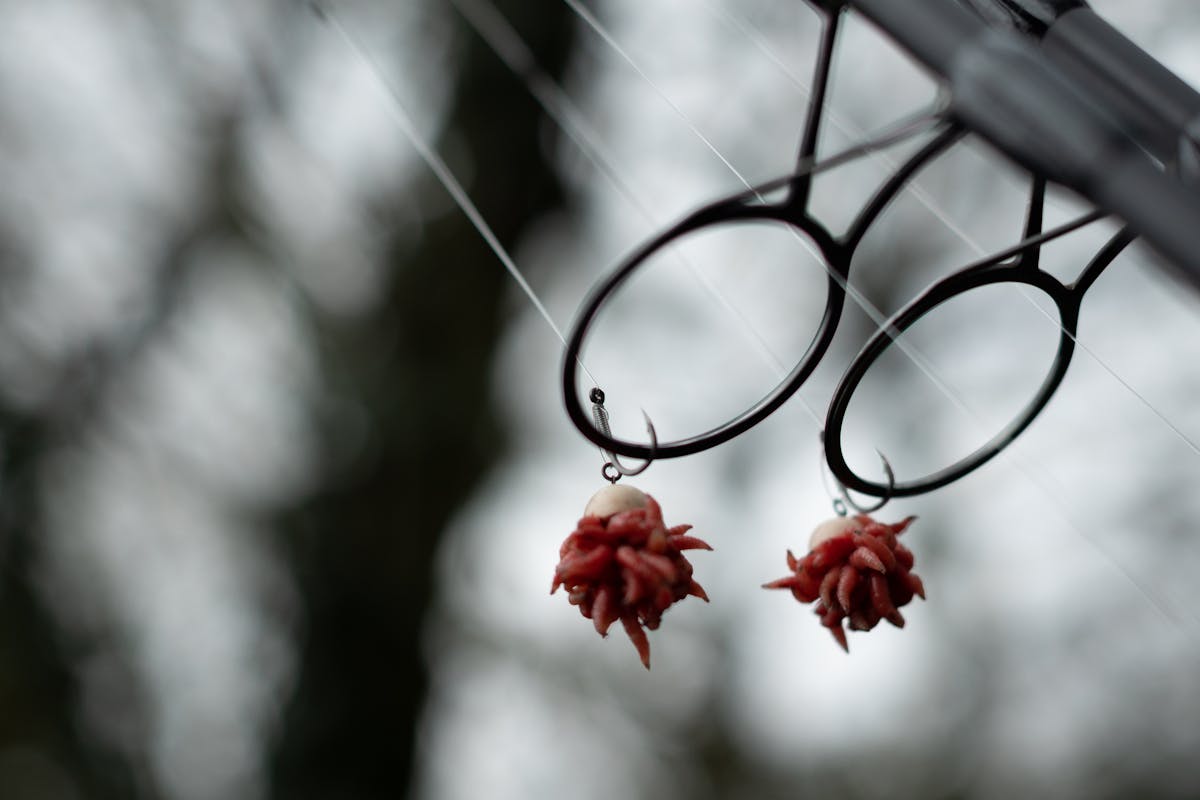
You can of course use a completely different hookbait altogether, whether that be something like a grain of hi-viz rubber corn which stands out, or imitation rubber maggots and casters that blend in, yet have the advantage of staying attached to your rig and can also be buoyant.
In recent years the use of natural baits in conjunction with zig rigs has also become popular, with anglers topping their zig foam with live maggots or a couple of pieces of wriggling worm, in order to make it even more likely to attract the attention of any carp passing nearby, due to the movement as well as just the visual aspect of the foam.
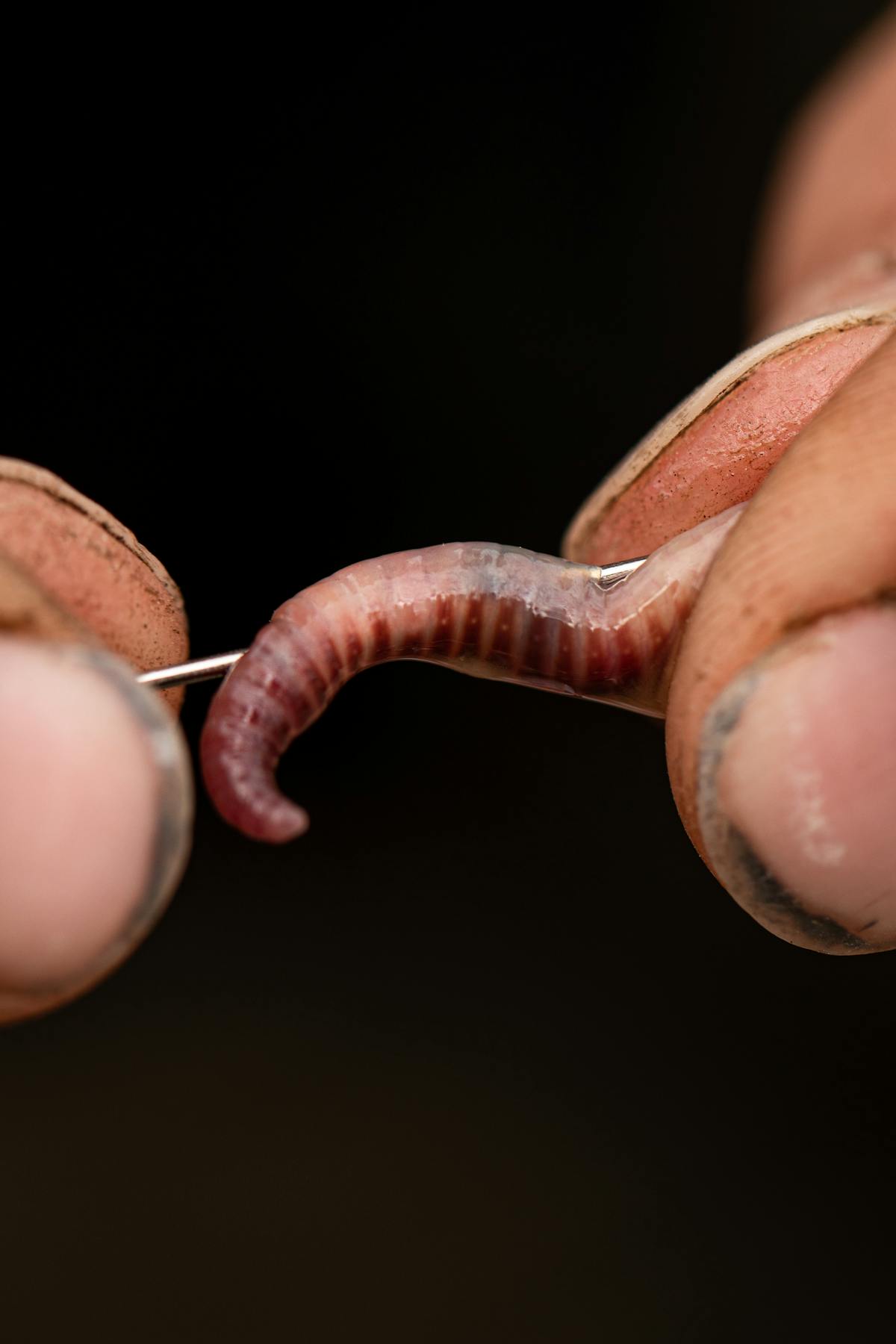
How to bait up with natural baits
Unless you are fishing at very close range and can throw the bait in by hand, then you are going to need a way of baiting accurately.
A catapult can be used if fishing at short distances, but beyond where you can throw bait by hand, but will still be very limited due to how light baits such as maggots and caster are, and especially if conditions are windy and blowing into your face or across the swim.
In situations where it is possible to use a catapult, by far the best type are match style ones, such as those from the Guru range, that have softer elastics and pouches designed for this type of bait and will give you a tight spread.
In most situations though you are going to need to use some sort of spod or spomb to allow you to get the distance that you need and to do so accurately – especially given how expensive these baits are, as you don’t want to be spraying bait all over the place.

You can either bait with just natural baits on their own, or use them as part of some sort of spod mix – if you are intending to fish at longer range then you will need to mix them with something heavier, such as hemp, to give the spod or spomb enough weight to allow you to cast it to where it needs to go.
Where allowed, you can of course also use a bait boat to put out your natural baits accurately, or even a proper boat.
Storing natural baits
Due to the fact that natural baits tend to be alive, you need to take care when it comes to storing them, especially given how expensive they are.
Maggots, casters and worms all need to be kept cool, which means taking some sort of coolbox, such as the Korda Compac Cooler, with you, plus ice packs – although be careful that the bait doesn't come into direct contact with the icepacks as this can freeze it, and in the case of worms, will kill them. When keeping them at home, a fridge is the best way to store them, if it is possible to use one for that purpose.

Maggots need to be able to get air, or they will sweat and go foamy, and the best way to store them is in a bucket with a lid that has holes in – assuming you have a larger quantity than that which will fit in match bait boxers, such as those from the Guru range. Ideally they need to be kept cool, and will certainly last longer if they are, prior to turning into casters.
Casters on the other hand need to be stored in such a way that air can’t get to them, as this is basically the maggot in its chrysalis stage, and you want to slow down that process at the point where they are perfect for fishing. Once you go past that point they will go dark coloured and will float rather than sinking, or even start to hatch out into flies. Casters, which are pupa of maggots, are particularly effective in spring and summer for carp fishing.
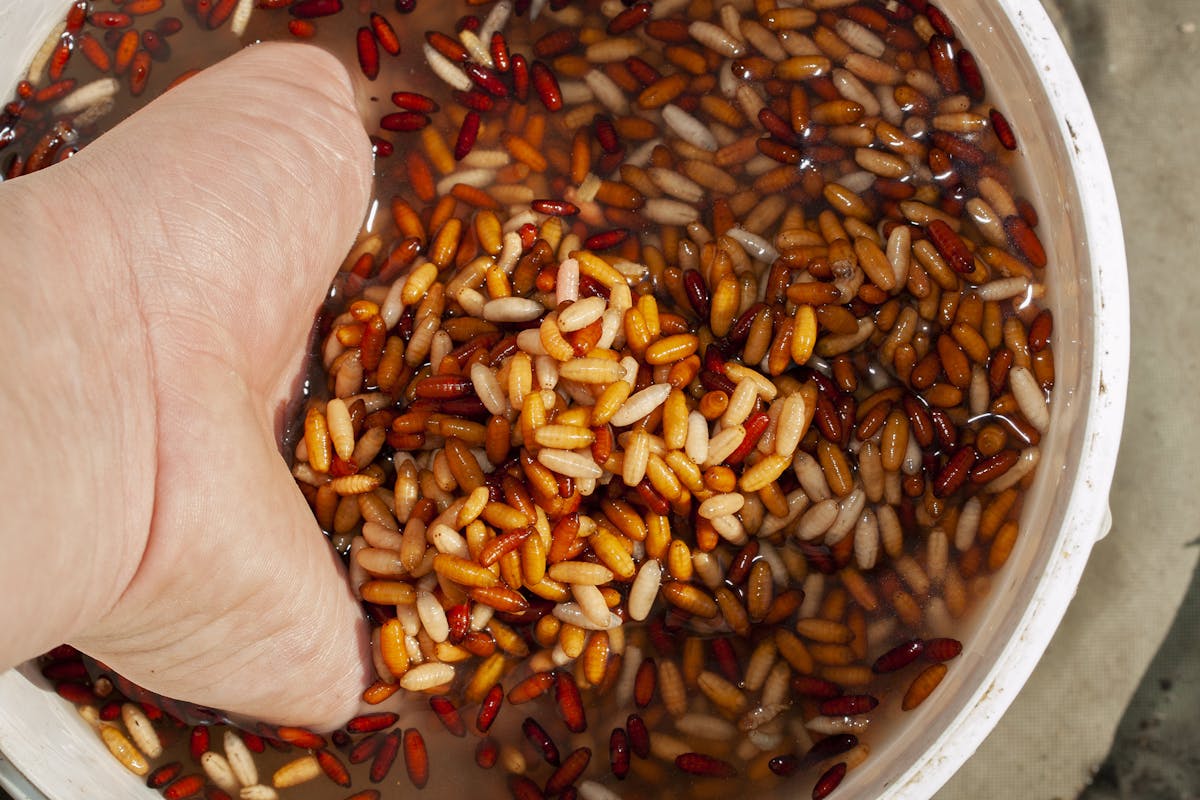
Casters can be stored covered in a little water, or if you have a larger amount, in a black bin bag, where they are kept damp and all the air is squeezed out before tying the top securely. If you are buying them vacuum packed, as many of them are these days, rather than fresh, then keep them in the sealed packs until you need to use them, and once open, cover any unused ones in a tub of water. They also need to be kept as cool as possible, without freezing them, which kills them (although they can still be used and aren’t detrimental, just not as effective).
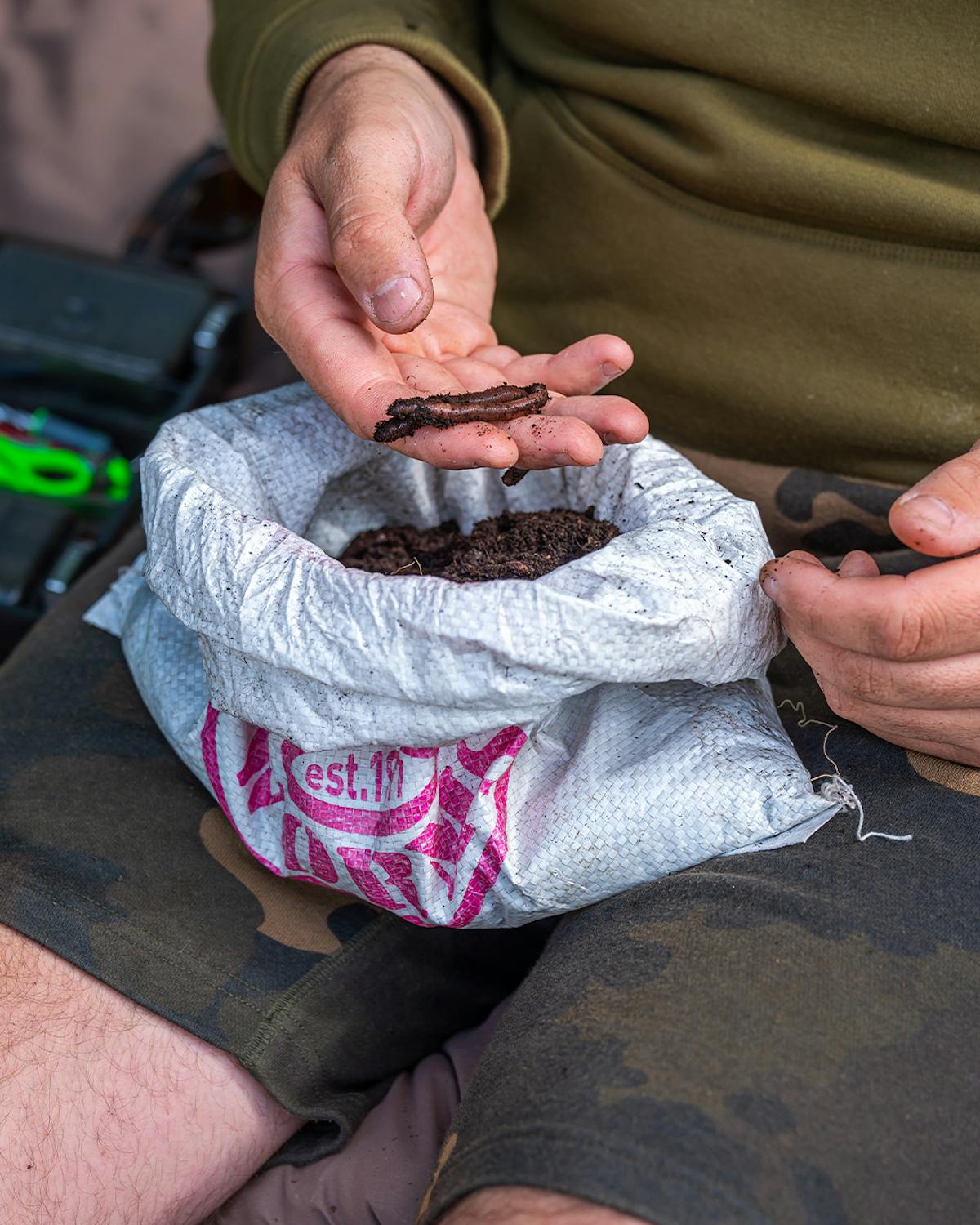
Worms usually come in a breathable bag if you are buying them in larger amounts, such as by the kilo, and are stored in soil. It is best to leave them in these bags until needed and store them somewhere cool and dark – such as the concrete floor of your garage, or in really hot weather in a cool box (it is important to let some air get to them every now and then though). If stored correctly then unused worms can last for weeks.
How to attach natural baits such as red maggots to your rig
Natural baits can be used with all different types of rigs, and it is more about how they are attached which differs from most other baits.
A popular way of attaching natural baits such as maggots is by using a very fine needle to pierce the ends of multiple maggots and to thread them onto a piece of light line or floss. A couple of overhand knots are then tied so that all the maggots that have been threaded on end up in a wriggling clump, with the tag ends of that knot being used to tie the bunch onto a micro rig swivel, the end of your hair loop, or similar, depending on the presentation that you want to achieve.
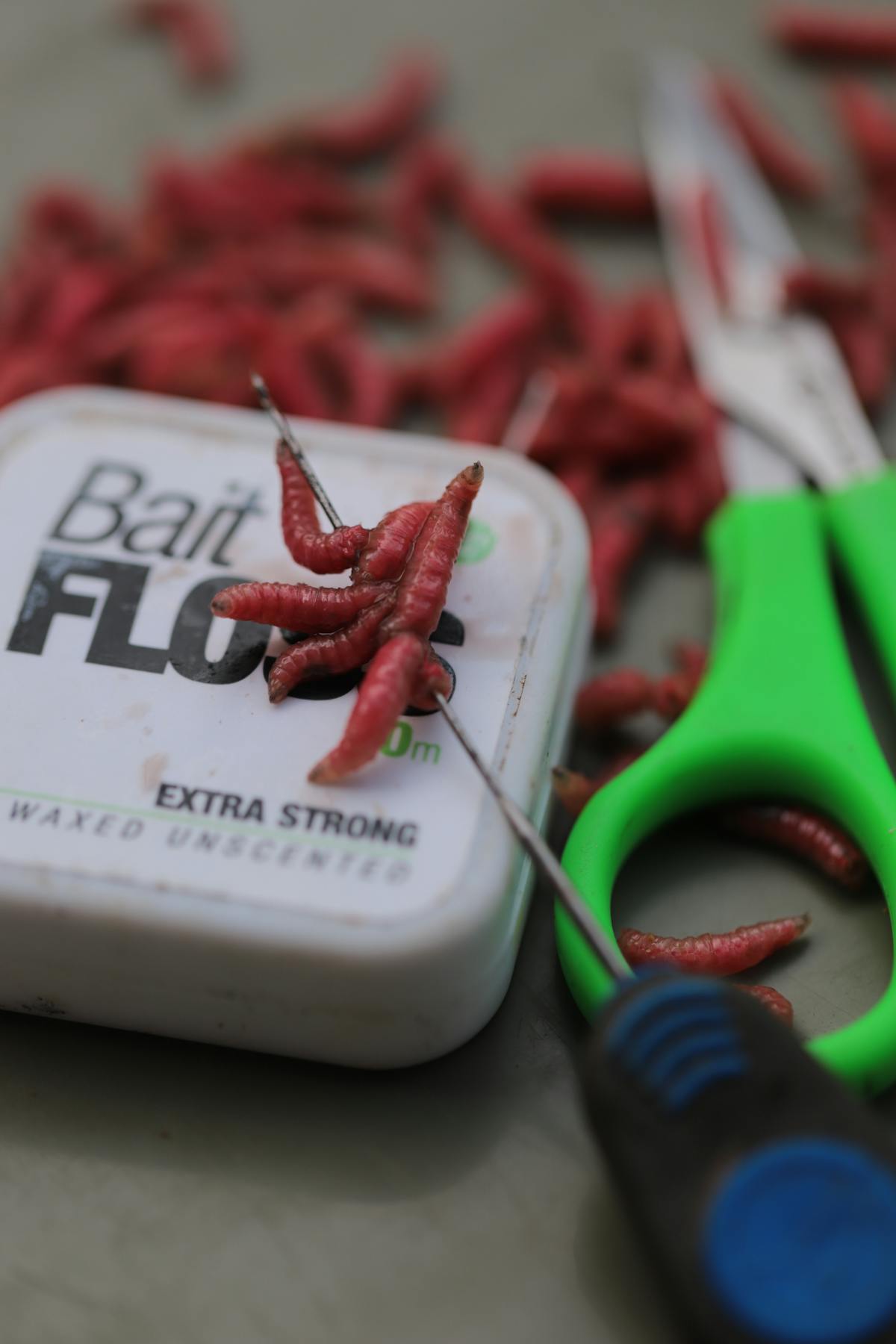
Another option is to use one of the specially designed Korda Maggot Klips, which come in various sizes, depending on how large a bunch of maggots you want to create, and which features a special clip and metal loop, with a sharpened end that can be used to pierce the maggots without bursting them.
Other popular options for mounting maggots, casters of pieces of worm include the use of a small match fishing size hook, typically a 14 or smaller, which is often used in conjunction with something such as a piece of rubber corn. The rubber corn is threaded onto your hair and the small hook tied to the end of the hair instead of a loop, then maggots or other baits are hooked onto it, before the hook is pulled back inside the rubber bait, such that both the eye and the point are inside the rubber, giving a very neat presentation where it is quick and easy to change the maggots.

Using a rubber maggot line aligner style on your hook, and then baiting with realm maggots on the hook is another method that some anglers favour, especially when looking for a very subtle presentation.
There is of course also the option of using Superglue to attach maggots or casters, but this can be very fiddly and the baits aren’t as secure as some of the other methods mentioned.
What type of rigs are best for natural baits such as maggot fishing
In terms of actual rigs, these baits can be attached to pretty much anything, whether you are using a Ronnie rig or spinner rig and adding a bunch of maggots to a pop-up or wafter hookbait; or within a solid bag on a very short braided hook link made from Supernatural; any sort of combi-rig, IQ D-rig, or other popular presentations; or even just a standard braided hook link and natural hookbait is favoured by some, giving the hookbait maximum movement.
Plus of course, as already mentioned, using these types of baits to add movement to your zig hookbaits, in conjunction with a big enough piece of foam or cork to give the necessary buoyancy.
So natural baits are incredibly versatile when it comes to presentation and the options are almost limitless.
How to guides
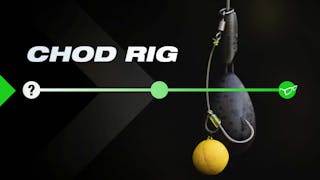
How To Tie The Chod Rig
Learn how to tie a Chod Rig, perfect, everytime!
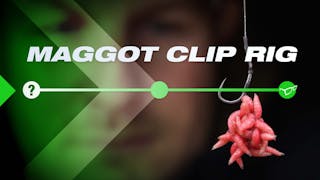
How To Tie The Maggot Clip Rig
Rob Burgess shows how to tie a simple, yet effective rig for presenting maggots
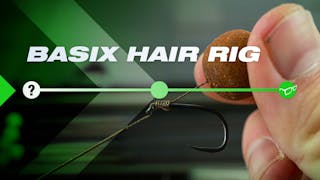
How To Tie The BASIX Hair Rig
Here is an easy to follow guide on how to tie a Basix Hair Rig
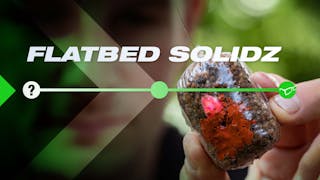
How To Tie The Solid PVA Bag (Flat Bed Style)
Korda Koach Rob Burgess show's you how to tie his Solid PVA Bag in his unique Flat Bed

How To Set Up A Heli-Safe Tubing Kit
How to set up a Heli-Safe Tubing Kit

How To Tie A Combi Rig With Loops And Booms
Constructing a Combi Rig has never been easier!
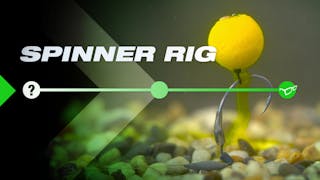
How To Tie Spinner Rig
Tom Dove explains how he likes to tie the famous Spinner Rig
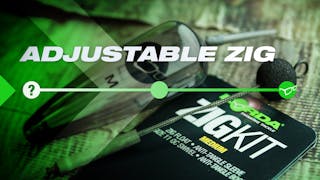
How To Use Adjustable Zigs
Dovey talks you through how easy adjustable zigs are to set up and exactly how to use
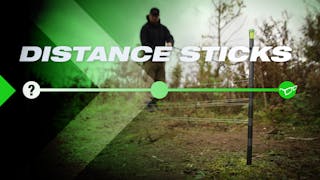
How To Use Distance Sticks
Distance Sticks are a key product in helping you fish spots accurately every time!
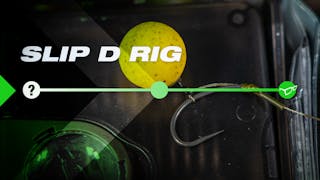
How To Tie The Slip D Rig
How to tie a simple, yet effective Slip D Rig
Advice and tips
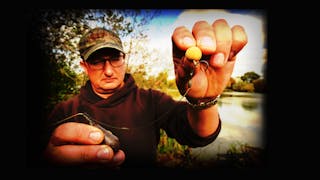
Danny Fairbrass on using the Multi Rig
Despite being a self-confessed ‘rig man’ DANNY FAIRBRASS took a while to try the multi
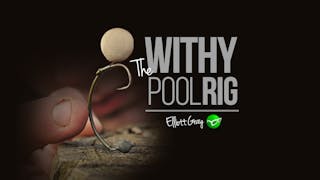
A Guide to the Withy Pool Rig
The Withy Pool Rig, Elliott Gray explains.
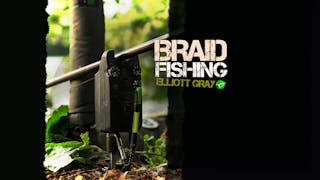
Ultimate Guide to Braid Line Fishing
Elliott talks braid and why he loves it.
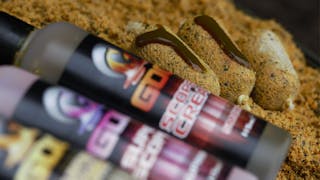
Jamie Londers - Goo Tips
Carp catching machine Jamie Londors talks the importance of Goo in his angling.
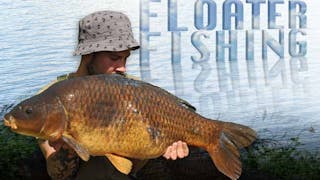
Elliott Gray - Floater Fishing
Elliott discusses one of the most exciting ways to catch them.
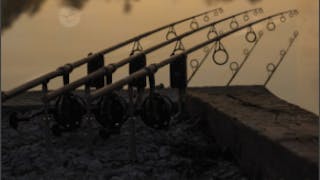
Elliot Gray - Particle Fishing
Particle fishing with Elliott Gray.
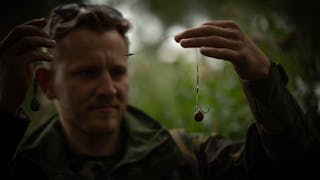
Scott Sweetman - Fishing In The Silt
Scott talks how and why he likes to fish in the silt.
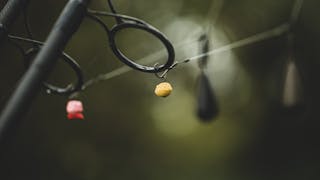
Luke Vallory - My Three Rigs
Luke explains what his go to set up is for bottom baits, wafters and pop-ups.

Tom Stokes - Fishing in Weed
Tom Stokes explains how to fish in and around the weed.
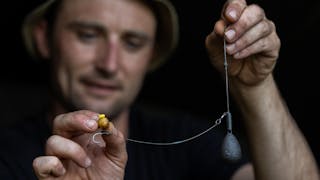
Tom Stokes - Why I Fish Heli Safes
Tom reveals how and why he fishes with Heli Safes.
Angler features
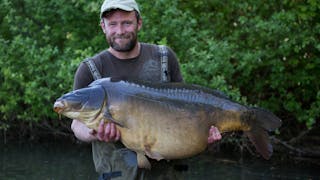
Darrell Peck - The Black Mirror
Peck recounts his campaign for one of Europe's best, 'The Black Mirror'.
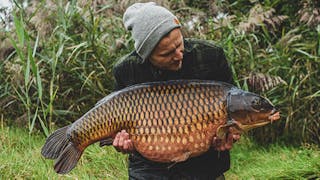
Scott Sweetman - Two A-Teamers In One Net
Scott Sweetman Tells The Story Of A Night He Will Never Forget

Marc Cavaciuti - Spring Tactics
Can discusses spring tactics in depth.
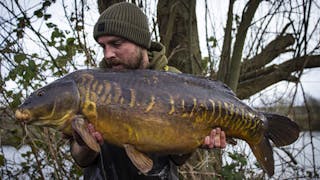
Barry Delderfield - The Campaign
Barry reflects on an incredible campaign on 'The Nunnery'
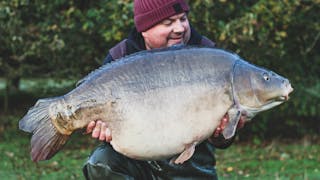
Dave Finn - A 35 Year Flame
A nostalgic reflection on Finny's 35 years in carp fishing.

Elliott Gray - Fishing in the Edge
Elliott discusses his favourite way to catch them, in the edge.
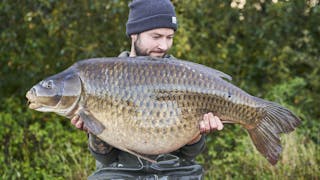
Elliott Gray - The Autumn Campaign
A campaign Elliott will never forget, ending in a huge UK common.
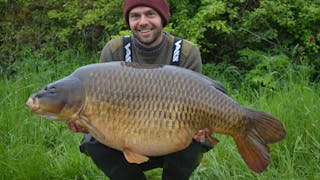
James Salmons - The Spring Campaign
The story of an epic spring campaign, ending with a huge UK common!
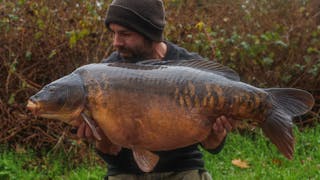
Luke Vallory - Autumn on Dinton Pastures
Luke reflects on a prolific autumn on the tricky Dinton Pastures.
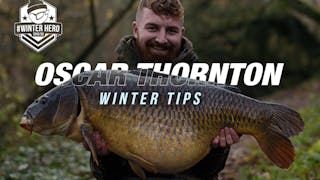
Oscar Thornton - Winter Mindset
Oscar reveals his biggest winter edges that makes his winter fishing so prolific.
Product focus
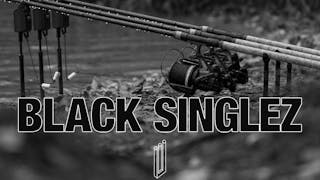
Black Singlez - Rod Support System
Introducing Tom Dove's Brainchild, the super-light Black Singlez rod support system!
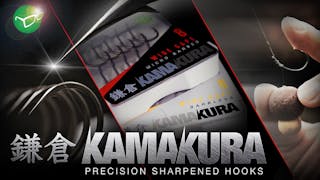
Kamakura - Precision Sharpened Hooks
We believe a sharp hook to be the single most important part of your tackle.

Kiana Carp Goo - Scopex and Buttercorn
Here's what you need to know about Scopex Cream, Super Scopex and Buttercorn Goo
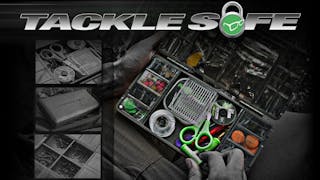
TackleSafe - Terminal Tackle and Rig Storage
The ultimate storage product for your essential items of terminal tackle.

Black & Whites - Bite indicators (Bobbins)
Here’s a look at the latest Black & White bobbins.
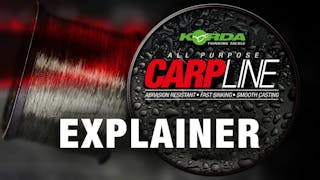
CarpLine - Monofilament Fishing Main Line
We reveal why Carp Line has won so many fans in the carp world.

Singlez - Rod Support System
Everything you need to know about Singlez.
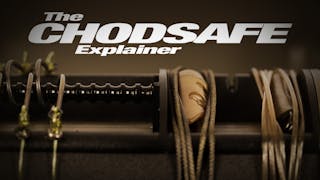
ChodSafe - Chod Rig Storage
The ChodSafe is the mother of the RigSafe family.
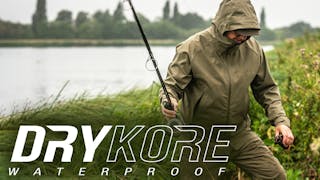
Drykore - Waterproof Clothing Range
The DRYKORE range is breathable, lightweight, and constructed from industry-leading 15K
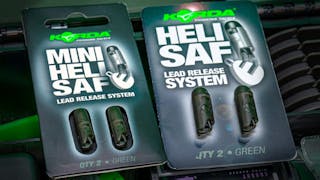
Heli-Safe - Lead Systems
A uniquely designed product allowing the angler the choice to drop their leads while
Related news
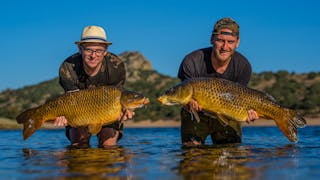
Watch ALL Monster Carp Episodes on ITVX
20.06.2022
The eagerly awaited seventh season of Monster Carp is now available on ITVX, and is even
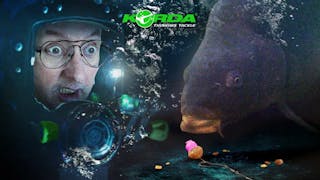
UNDERWATER - The Test Tapes revealed
19.01.2023
UNDERWATER “The Test Tapes” follows Danny Fairbrass and Team Korda on an exciting journey
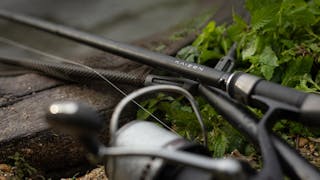
The NEW Kaizen Platinum range of rods!
21.03.2023
After several years of development and many hours of testing, we finally have a range of

Monster Carp Returns With Season 8 at 8pm, July 6th!
04.07.2023

Thinking Tackle Returns To Gigantica! Here's the details
04.08.2023
Darrell Peck and Danny Fairbrass Return To Gigantica! Watch On Youtube - Available Now
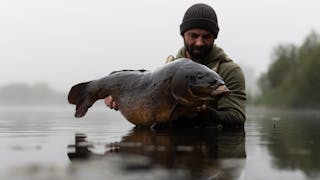
A good as Carp get! Luke Vallory catches Coins
02.10.2023
Coins a special carp caught by Luke Vallory
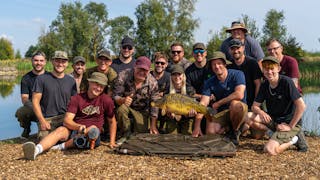
The Melanoma Weekender at Baston Serpentine Lake
02.10.2023
An event held on the unfished Baston Serpentine Lake to raise money for Melonoma Focus. A

New Thinking Tackle film at the iconic Lake Bled
18.10.2023
Darrell Peck takes a trip to Slovenia to tackle Lake Bled
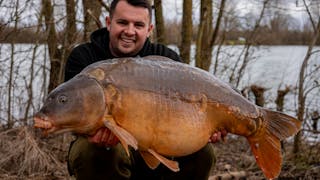
Tom Maker has one of his best winter sessions EVER!
21.02.2024
Tom Maker has one of best ever Winter Sessions

Korda Vlog 007 Out Now!
26.02.2024
Johnny Old and Oscar Thornton's Winter Carp Fishing Carnage!
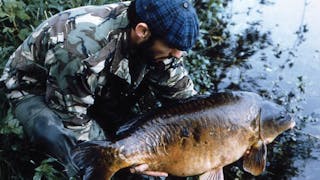
Ritchie McDonald Mindset film out now!
04.03.2024
A look into the Mindset of carp fishing legend Ritchie McDonald
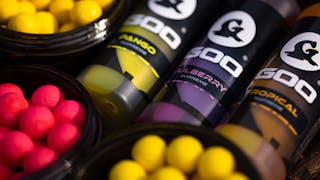
Goo, NEW hooks and more in our latest product launch!
15.03.2024
March 2024 Product Launch

Out Now: Spooner and Dovey's Latest Episode at Frimley
17.03.2024

Special 100th episode of the Thinking Tackle podcast out now!
18.03.2024
This special episode of the Thinking Tackle Podcast features Danny Fairbrass, Damian

Big Hit Fishing Masterclass - Available now !
25.03.2024
Big Hit Fishing Masterclass with Rob Burgess is available now !
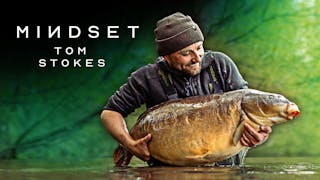
Tom Stokes at Stoneacres is out THIS SUNDAY
12.04.2024
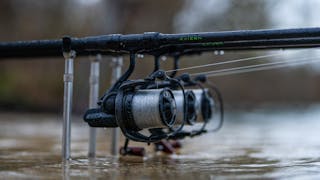
NEW Kaizen Green Rods are out now!
23.04.2024
Our new Kaizen Green range of rods, that offer exceptional performance and looks, but at a

Spooner's Tactics Fishing The Secret Lake
03.05.2024

BIGGEST carp caught by a female angler in the UK! 🎣🔥 WOW!
31.05.2024
Naomi Turner's RECORD BREAKING catch!

You Care, We Care, Fishcare & More New Products
28.06.2024
June 2024 Launch - A range of eagerly awaited products are now available in stores.

Fishing: Darrell Peck Catches His 100th UK Carp Over the Magical 40lb Mark! | Korda
05.07.2024

Summer Day Ticket Masterclass - Darrell Peck
19.07.2024
Darrell Peck reveals the tactics that bring him so much summer success on day ticket lakes

Underwater - Norton Disney is out now!
29.07.2024
Watch now as Danny Fairbrass and Tom Stokes try to outwit the carp with their best rigs in

The rig evolution that changed Danny's fishing forever!
30.07.2024
Danny Fairbrass made numerous rig tweaks during Underwater filming before finding the Holy

Part 2 of the Tom Stokes Korda Mindset film out now
29.08.2024
Tom heads back to Stoneacres, in Oxfordshire, to continue his campaign for some of the
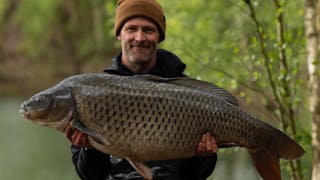
Thinking Tackle Carp Arena out now
01.09.2024
Darrel and Tom head to Belgium for a spring session on Carp Arena's Clover where they hope

‘What We Thinking Tackle” Danny Fairbrass in Hungary
20.10.2024
‘What Were We Thinking Tackle” Danny Fairbrass in Hungary

NEW RELEASES - Drykore Jacket and Over Trousers MK2, plus a larger Tackle Box.
10.12.2024
New Drykore clothing plus a larger Tackle Box are out now.

Kaizen Green Dreams
12.12.2024
Kaizen Green rods are now back in stock

Underwater After Hours - out now!
23.12.2024
Darrell Peck is in front of the Underwater cameras for the first time, how will his rigs

NEW RELEASES for March
12.03.2025
New tackle and clothing out now

Zig Kit Bundle out now
28.03.2025
All the components you need to fish adjustable zigs just like Rob Burgess
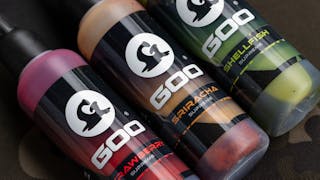
Exciting new products for April!
14.04.2025
New Korda products out now - including additions to the Basix range and latest Goos
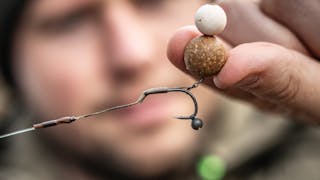
Eagerly awaited new Korda products are out now!
21.05.2025
Exciting new products for May 2025

New Korda products for June in shops now!
20.06.2025
Everything you need to know about the new additions to the Korda range

Exciting new products released just in time for Xmas
04.12.2025
All of our latest product releases explained in detail

